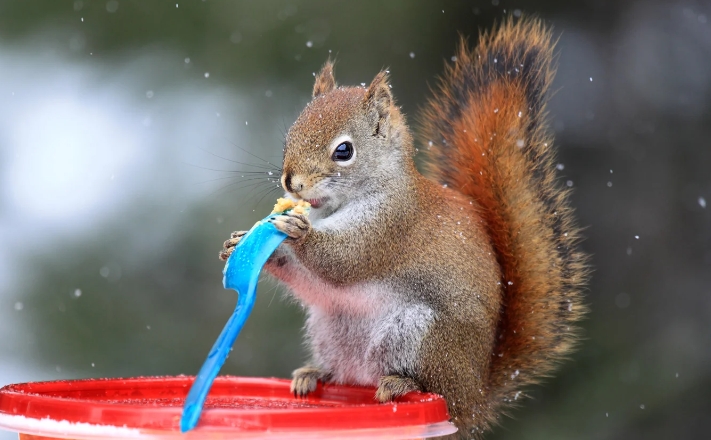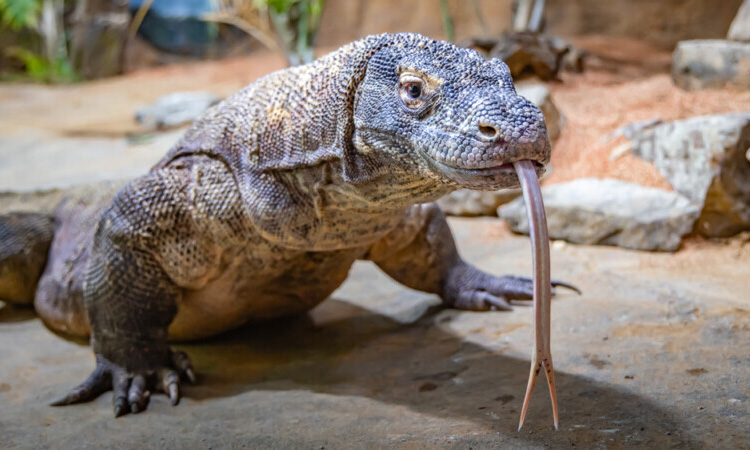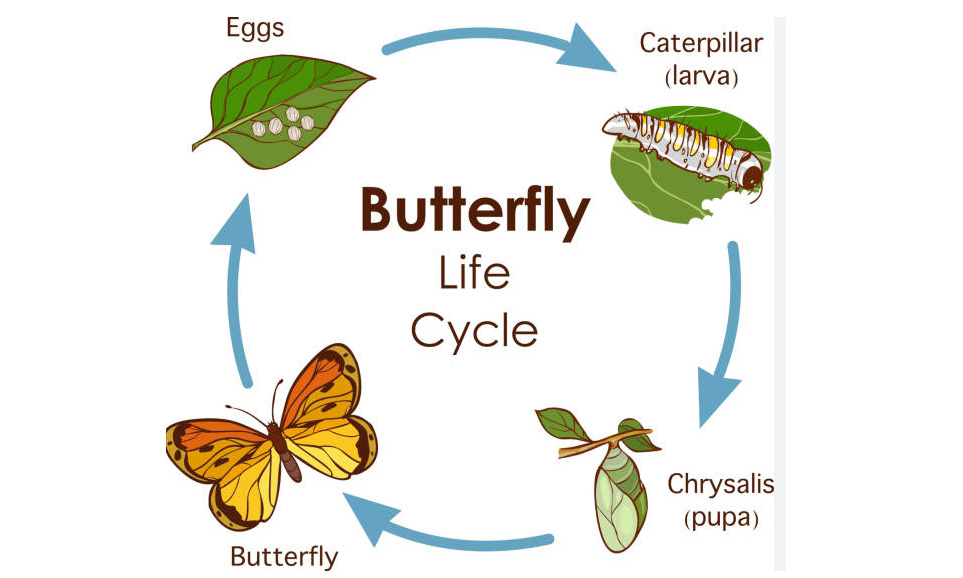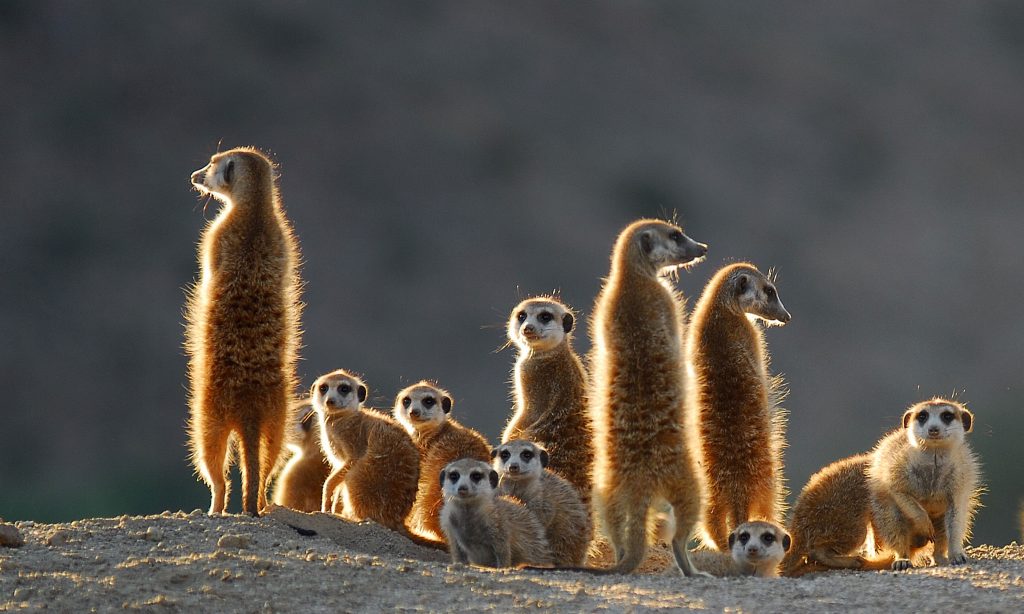Squirrels, with their bushy tails and nimble movements, are small to medium-sized rodents that belong to the Sciuridae family. Found across various habitats, from forests to urban parks, these charismatic creatures have adapted remarkably well to human-dominated landscapes. Here’s information about squirrel about the intriguing world of squirrels.
There are over 200 species of squirrels, and they can be broadly categorized into three types: tree squirrels, ground squirrels, and flying squirrels. Tree squirrels, such as the Eastern Gray Squirrel, are adept climbers and spend a significant amount of time in trees. Ground squirrels, like the California Ground Squirrel, prefer terrestrial habitats and dig burrows for shelter. Flying squirrels, despite their name, don’t actually fly but glide between trees using a membrane called the patagium.
One of the most common and recognizable species is the Eastern Gray Squirrel (Sciurus carolinensis), prevalent in North America. Known for their gray fur, these squirrels often exhibit variations in color, ranging from silver to black. Their large, fluffy tails serve various purposes, aiding in balance, communication, and even as a shield against the elements.
here is the information about squirrel eating habit. Squirrels are primarily herbivores, with a diet that includes nuts, seeds, fruits, and fungi. Their impressive front teeth, which never stop growing, are essential for gnawing through hard shells to access the nutritious seeds inside. Squirrels are also known to bury food for later consumption, contributing to the dispersal of seeds and inadvertently aiding in the regeneration of forests.
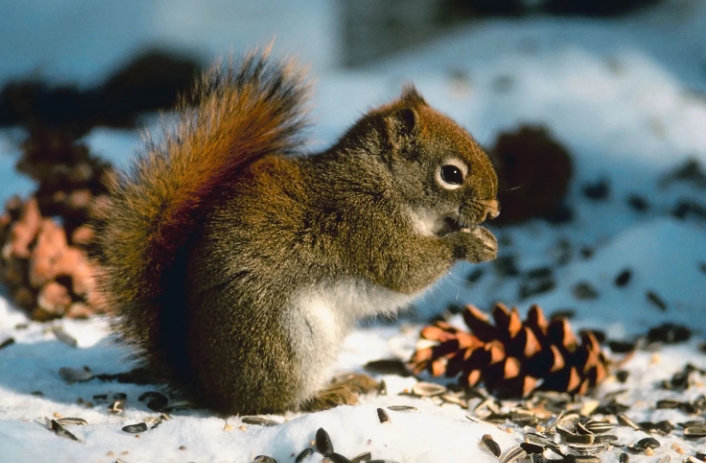
These creatures are highly intelligent and resourceful. Urban environments provide an abundance of food sources, and squirrels have adapted to capitalize on this. They can often be spotted scavenging for discarded food in city parks or even pilfering bird feeders in suburban gardens. Their acrobatic abilities and quick reflexes make them entertaining to watch as they navigate tree branches and leap from one place to another.
Squirrels are social animals, and communication is a crucial aspect of their behavior. They use a variety of vocalizations, including chattering and barking, to alert others of potential threats. Their tail movements also convey messages; for instance, a flicking tail may indicate agitation or excitement.
Interestingly, squirrels are known for their incredible memory. They can remember the locations of thousands of buried food caches, relying on spatial memory to retrieve them when needed. This ability helps them survive during harsh winters when food is scarce.
In addition to their ecological role in seed dispersal, squirrels have become cultural symbols and characters in folklore. Their playful antics and ubiquitous presence make them endearing to many, and they often feature in literature, cartoons, and children’s stories.
While these small mammals might sometimes be viewed as nuisances, especially when raiding bird feeders or nesting in attics, their adaptability, intelligence, and contribution to ecosystems make them an integral part of the natural world. Observing squirrels in urban and wild settings offers a delightful glimpse into the diverse and resilient lives of these captivating creatures.
